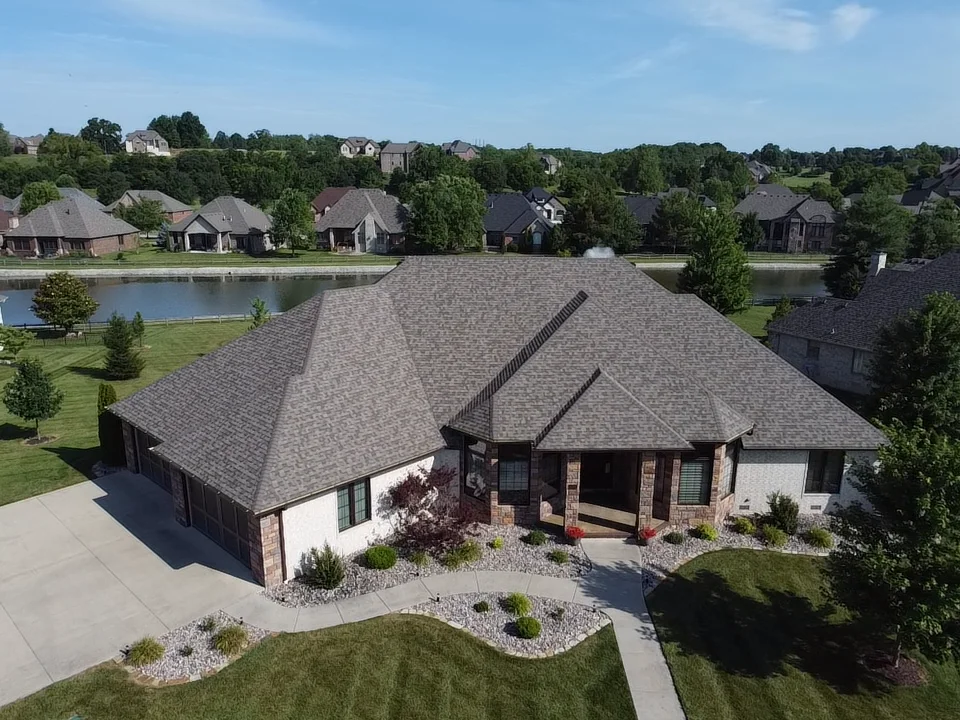Understanding what’s covered and not is crucial in order to avoid warranty voids. Since there are various forms of warranties offered in the roofing industry, it’s crucial that we all become knowledgeable of them all.
There are two primary kinds of roof warranties: manufacturer warranties and workmanship warranties. Understanding which are covered will help you decide the one most suited to you.
Coverage
Your investment in a new roof should pay dividends over time, and warranty policies provide peace of mind by covering any problems your roof might experience over a specific time period.
Un essential aspect of understanding any warranty is knowing exactly what it covers and doesn’t. Roofs typically fall under two categories of warranties.
Two types of warranties exist – the manufacturer’s product warranty and contractor installation (workmanship) warranty.
The first type of warranty protects roofing material against damage and leakage; while a contractor’s workmanship warranty also helps shield you against defects in work being completed on your roof.
Exclusions
Most roofing material manufacturers provide warranties with various coverages, terms, and conditions, making it important to carefully read through and understand each warranty before signing it and having it enforced.
Some warranties impose financial limits or maximum payouts on repairs and replacement, while “No Dollar Limit” warranties cap repairs at either original cost of roof or per-square-foot cost, depending on its size.
Exclusions to manufacturer warranties often include damage caused by certain causes; most warranties exclude hurricane or tornado-related damage as an example.
Another easy way to void a warranty is failing to maintain your roof appropriately after installation. Be sure drains are clear, gutters in good condition, pitch pans sealed properly and other penetrations sealed – these steps will all help preserve its life span! It is very important that during its lifespan you abide by the maintenance schedule stipulated in your warranty agreement.
Limits
Roof warranties can be an invaluable way for building owners to reduce risk. But in order to reap its fullest advantages, it must be clearly understood and used effectively.
Warranties come in all forms and shapes, from coverage and terminology differences to exclusionary clauses to protect manufacturers against liability issues.
The best roof warranties are comprehensive in scope and cover all major components of the roofing system with long-term coverage without limitations or exclusions.
There are various commercial roof warranties to choose from, all offering unique advantages and disadvantages. One key consideration should be wind speed and uplift limits of the warranty coverage to help mitigate risk during inclement weather that requires insurance coverage. Furthermore, warranty transferability must also be carefully considered; some only permit one or two transfers, while others have no restrictions at all.
Transferability
Roof warranties are an integral component of real estate transactions. They can help increase home values, safeguard against unexpected expenses and bring peace of mind for buyers.
Warranties vary by manufacturer, so it’s essential that you read through and comprehend their terms carefully in order to know when, for how long, what qualifies for coverage, and whether you can transfer them if selling your house.
Roof manufacturers typically offer extended warranties, which extend the period and cover more components. While these warranties tend to be more costly, some products or circumstances may restrict availability for this offer.
Transferability can be one of the more confusing features of roof warranties; some allow transfer up to twice during its duration period while others have restrictions in place that limit or disallow it altogether.




